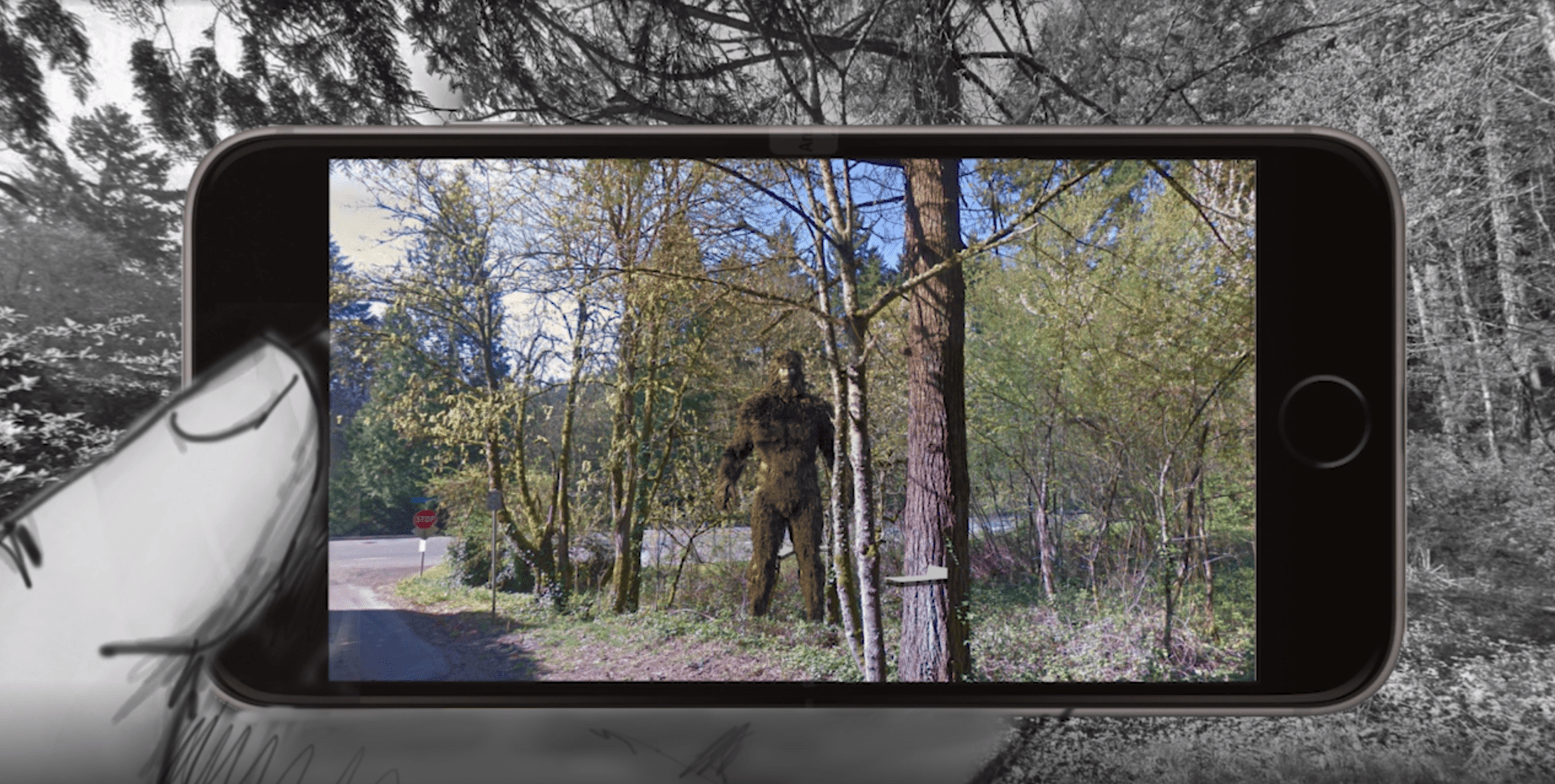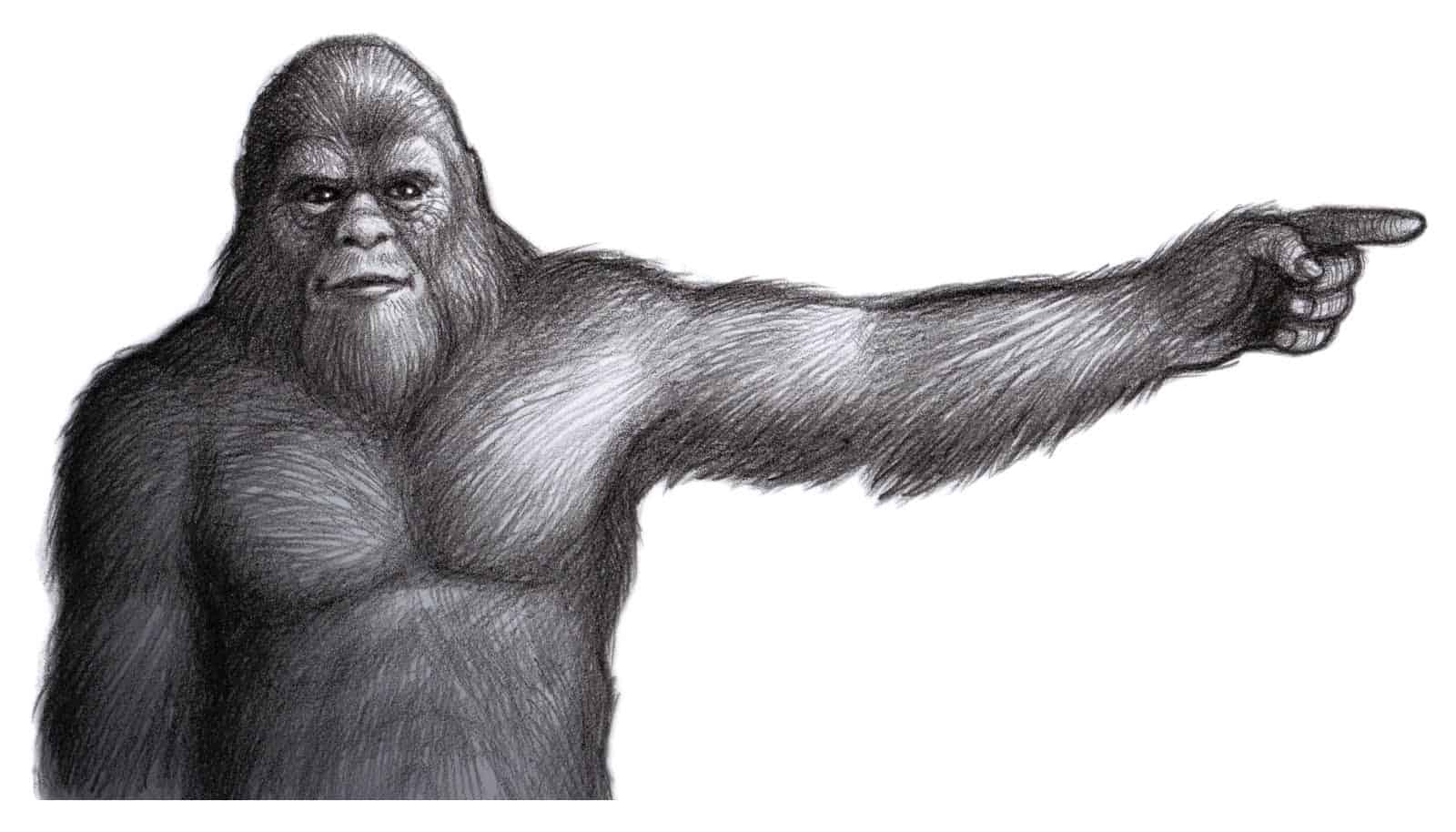A popular theory among some Bigfoot researchers or “Bigfooters” is that there’s a Sasquatch conspiracy afoot. They think the scientific community seeks to thwart Bigfoot’s discovery by ostracizing scientists who search for the creature and suppressing evidence of Bigfoot’s existence. Purported reasons for this range from petty feuds to ego to secret plans within the government.
But some scientists strongly disagree with this idea, including those who have faced the legendary subject of Sasquatch during their careers—and lived to tell the tale.
“I don’t think there’s any sort of conspiracy to disprove the existence of Bigfoot at all,” says geneticist Bryan Sykes, author of Bigfoot, Yeti, and the Last Neanderthal: A Geneticist’s Search for Modern Apemen. “It’s blatant paranoia or delusion to think that.”
In 2014, Sykes led a study where scientists asked people to send them hairs that they suspected were from cryptids (mythological animals) like Sasquatch. They received 57 hair samples and were able to sequence 30 of them. While most of the samples revealed known mammals, two samples revealed what appeared to be a previously unrecognized species of bear. The study’s findings were published in The Royal Society journal.
“There’s all the conspiracy theorists saying that scientists or the government are covering [Sasquatch] up,” Disotell says. “It doesn’t hold water.”
“The idea that the scientific community is actively conspiring to prevent Bigfoot evidence from ever reaching the popular attention is nonsense. Editors of top journals would jump at the chance to publish a paper [proving Bigfoot exists] if it ever materialized,” says Norman MacLeod, curator of paleontology at London’s Natural History Museum. Adding jokingly: “Probably walk over their mothers to publish it.”
Molecular primatologist and New York University professor Todd Disotell, who has been on TV programs like Ancient Aliens and 10 Million Dollar Bigfoot Bounty, agrees that there is no anti-Sasquatch plot.
“There’s all the conspiracy theorists saying that scientists or the government are covering [Sasquatch] up,” Disotell says. “It doesn’t hold water. No one’s career is going to end or be damaged if Bigfoot is discovered. I think the average scientist would be super excited. Primates went extinct in North America 30 million years ago. If you find out one didn’t… that’s cool!”
When discussing his 2014 cryptid study, Sykes says no other scientists or establishments stood in the way of him getting published because he did “proper scientific work, which was the best way to do it.”
“I have quite a lot of faith in the scientific peer review process,” Sykes says. “My paper was published in a good journal. It wasn’t held up at all by the peer review system.”
But not everyone shares this point of view.





